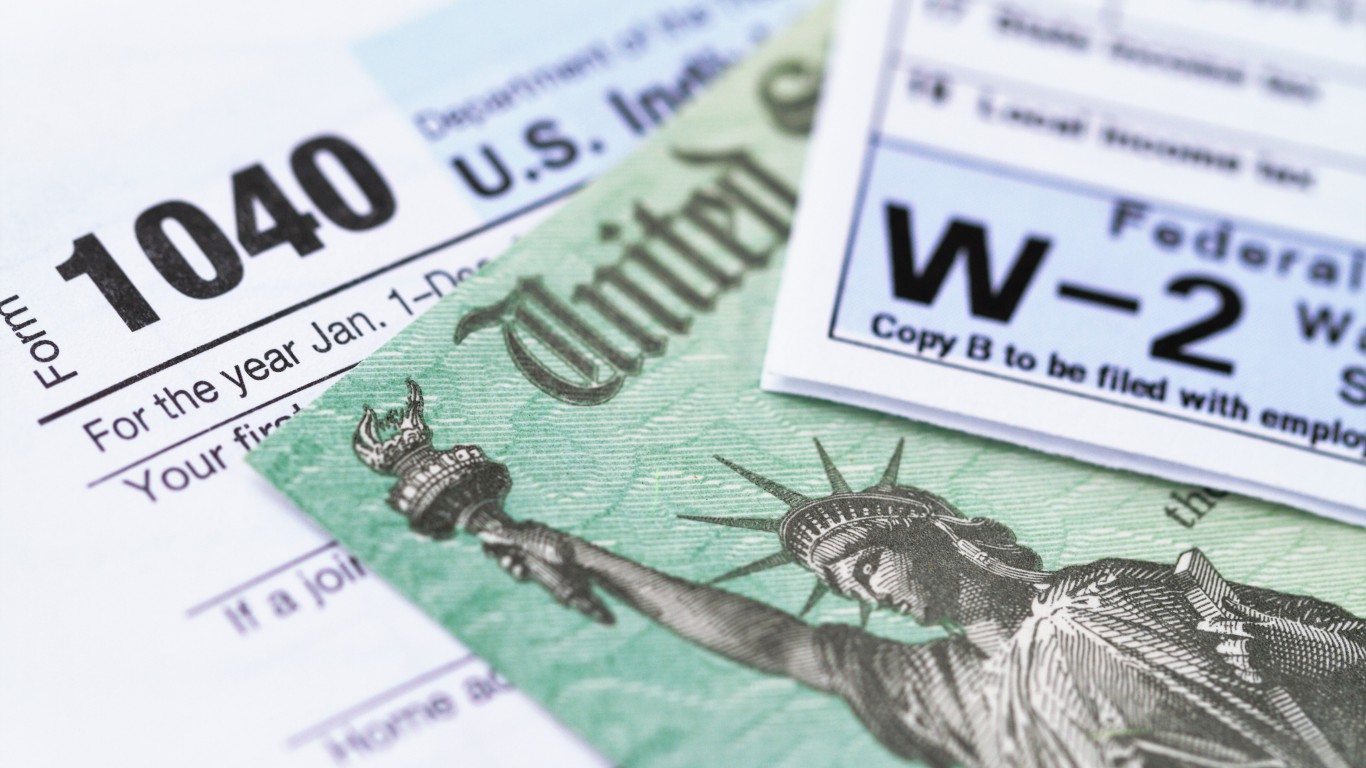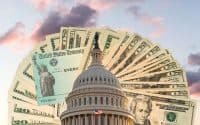
Assuming the Federal Reserve will finally peep its head out of its shell and raise interest raise a tiny notch, we are in a good technical and fundamental position for quick upside gains in most stocks. The S&P 500 is down 3% over the past two weeks, in the face of an expanding money supply since September. When there are more dollars chasing cheaper stocks, it usually translates to higher stock prices.
Mix in the counterintuitive fact that a small rate hike is what the vast majority of market makers expect, and that the lack of one probably will create a decent amount of worry about the Fed’s economic outlook, and it looks like this week could deliver big gains for stocks. Practically speaking, any hike will be miniscule, as the current target in the federal funds rate is 0.00% to 0.25%, with the effective rate clocking in at 0.12%. This means the Fed theoretically could even hike its target rate by 12 basis points to a range of 0.12 to 0.25% without effectively raising interest rates at all.
This is the extent of the miniscule numbers we are dealing with, and why what happens at the Federal Open Market Committee (FOMC) meeting is mostly sentimental rather than substantive. Nevertheless, while most stocks will probably rise in response to the beginning of “lift-off” this time, financials that have been particularly weak over the past two weeks could get an extra boost.
BlackRock
The mother of all asset managers, BlackRock Inc. (NYSE: BLK), has over $4.6 trillion in assets under management. BlackRock is something of a proxy stock for an index fund with only slightly more leverage. When stocks do well, the firms that manage them do well also. BlackRock has gotten hit relatively hard since December began, down over 12%. There is no overt reason for this downside action, and it should reverse itself on a rate hike relatively quickly.
State Street
State Street Corp (NYSE: STT) is similar to BlackRock but on a slightly less massive scale. The short-term technicals on this stock are even sharper, having moved down nearly 11% since December 7. A collective sigh of relief that the Fed is indeed willing to raise interest rates, at least nominally if not practically, should release most of the selling pressure on this money manager and bring it back to its December highs in the mid 70s relatively quickly. Shares were near $67.40 Tuesday morning.
Bank of New York Mellon
Bank stocks in general are likely to jump on a rate hike because it theoretically means they are earning more on loans. Once again this is an illusion, because any hike will be so miniscule as to make no practical difference, but perception is the key here. Bank of New York Mellon Corp. (NYSE: BK) has underperformed its peers this month, down 8.3% in a week. It can easily gain that loss back by the end of this one.
Morgan Stanley and Citigroup
Morgan Stanley (NYSE: MS) is the same play as Mellon, except even more oversold. Down nearly 10% since last Monday, it is due for a strong bounce on the FOMC release. So is Citigroup Inc. (NYSE: C), which already has taken a 7.5% hit since last week. To say that both will regain those losses by next week is not out of the question, making all these stocks very good short to medium-term picks.
The main caution is that longer term, if interest rates go substantially higher, it won’t be good for any of these companies. Just keep eyes on price inflation, because if that starts to get out of hand, the Fed will have to start chasing. Then investors will know that the rate hikes aren’t coming due to economic strength, but due to monetary weakness.
Get Ready To Retire (Sponsored)
Start by taking a quick retirement quiz from SmartAsset that will match you with up to 3 financial advisors that serve your area and beyond in 5 minutes, or less.
Each advisor has been vetted by SmartAsset and is held to a fiduciary standard to act in your best interests.
Here’s how it works:
1. Answer SmartAsset advisor match quiz
2. Review your pre-screened matches at your leisure. Check out the advisors’ profiles.
3. Speak with advisors at no cost to you. Have an introductory call on the phone or introduction in person and choose whom to work with in the future
Get started right here.
Thank you for reading! Have some feedback for us?
Contact the 24/7 Wall St. editorial team.


